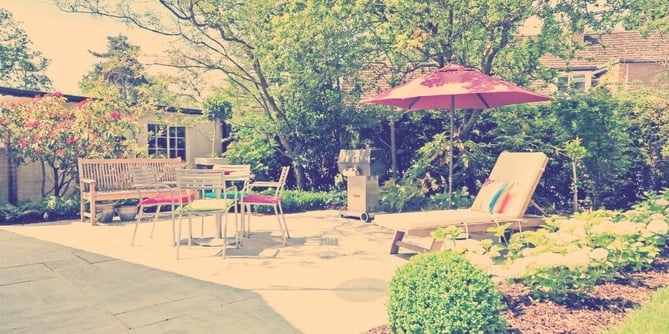The last trip I made to a colleague of mine gave me a clear picture on how a garden can be sculpted to a space of undisturbed relaxation away from the indoors. On a cool day, it is the ultimate place to get some fresh air, but in the heat of summer, even a lavishly manicured yard could get uncomfortable. It is in times like this that you would consider creating shade in your garden. Here are some useful ideas on how to keep the sun away while you relax in the green area:
Shrubs
There are millions of plants known for providing shade in the garden but research is mandatory as some species only thrive in certain conditions. Small shrubs are excellent for providing shade in walkways but they should not be too short. Vines may be trained over arbors to provide shade and exceptional beauty.
Timber Structures
Timber structures have been preferred for providing garden shade since time immemorial. They are available in different shapes and styles, offering a private space for you to recluse away from the sweltering hot sun.
Fabric Canopy
If such a permanent solution isn’t ideal for you, consider a simple fabric canopy to bring the shade when needed. There are varieties of outdoor fabrics that are strain-resistant, waterproof and fade-resistant to match each homeowner’s needs. For an ideal fabric for sun awnings, Phoenix experts recommend those that are strong enough to withstand external elements. If fabrics aren’t ideal for your lifestyle, consider awning to bring shade in specific parts of your garden.
Trees
In the yard, you can go bigger with trees like crape myrtle, and Catalina ironwood, which have dense foliage and reaching branches. Trees may be planted in the middle of a garden to maximize the effect or next to the patio if you intend to shade specific areas. It is advisable to pay attention to root zones to avoid damage to nearby plants and structures. Mixing plants is a great way of creating contrast and achieving shade pockets in specific areas.
Parasols
This is an excellent choice for those seeking shelter without compromising scents, cool breezes, and other outdoor pleasures. There are countless options available that can easily blend with your home’s decor. Posts for this purpose must be sturdy and termite resistant. Ideally, parasols should be anchored to a patio or sunk into concrete for guaranteed stability.
Landscape professionals agree on combining different methods to achieve much-needed results in a garden. Having trees doesn’t mean you cannot add a parasol or fabric canopy to a corner in the garden. In fact, combining mediums is the most creative way to add shade and accentuate the outdoors.
________________________________________________________________________
About the Contributor:




-2.png?width=150&height=150&name=Untitled%20design%20(2)-2.png)
COMMENTS